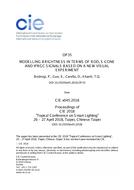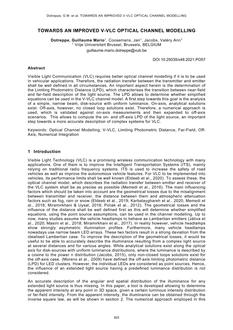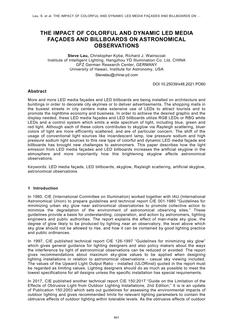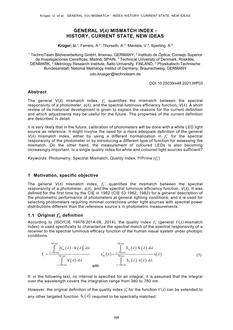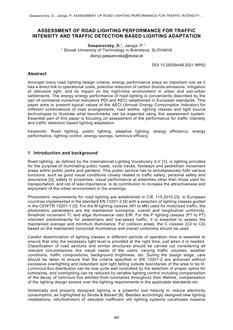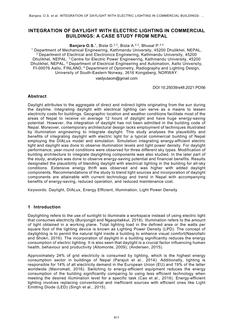Description
Results of a series of new visual brightness experiments with multi-LED spectra of different chromaticities at four fixed luminance levels (267.6 cd/m2; 24.8 cd/m2; 1.6 cd/m2 and 0.34 cd/m2) were modelled in terms of the rod, S-cone and ipRGC signals of the stimuli by the brightness model quantity B. The visual brightness scales of the observers were predicted by the optimum weights of these three mechanisms, rods, S-cones and ipRGCs. In case of 0.34 cd/m2, B could be well predicted by the square root of the standalone rod signal of the stimulus (r2=0.99). For 1.6 cd/m2 (r2=0.95) and 24.8 cd/m2 (r2=0.89) there was rod and S-cone contribution with the optimum signal exponent value of 0.25. For 267.6 cd/m2 (r2=0.80), there was S-cone and ipRGC contribution with the exponent value of 0.25. The brightness model is compared with pupil size measurement results of a recent experiment.
Product Details
- Published:
- 05/01/2018
- Number of Pages:
- 6
- File Size:
- 1 file , 1.1 MB

